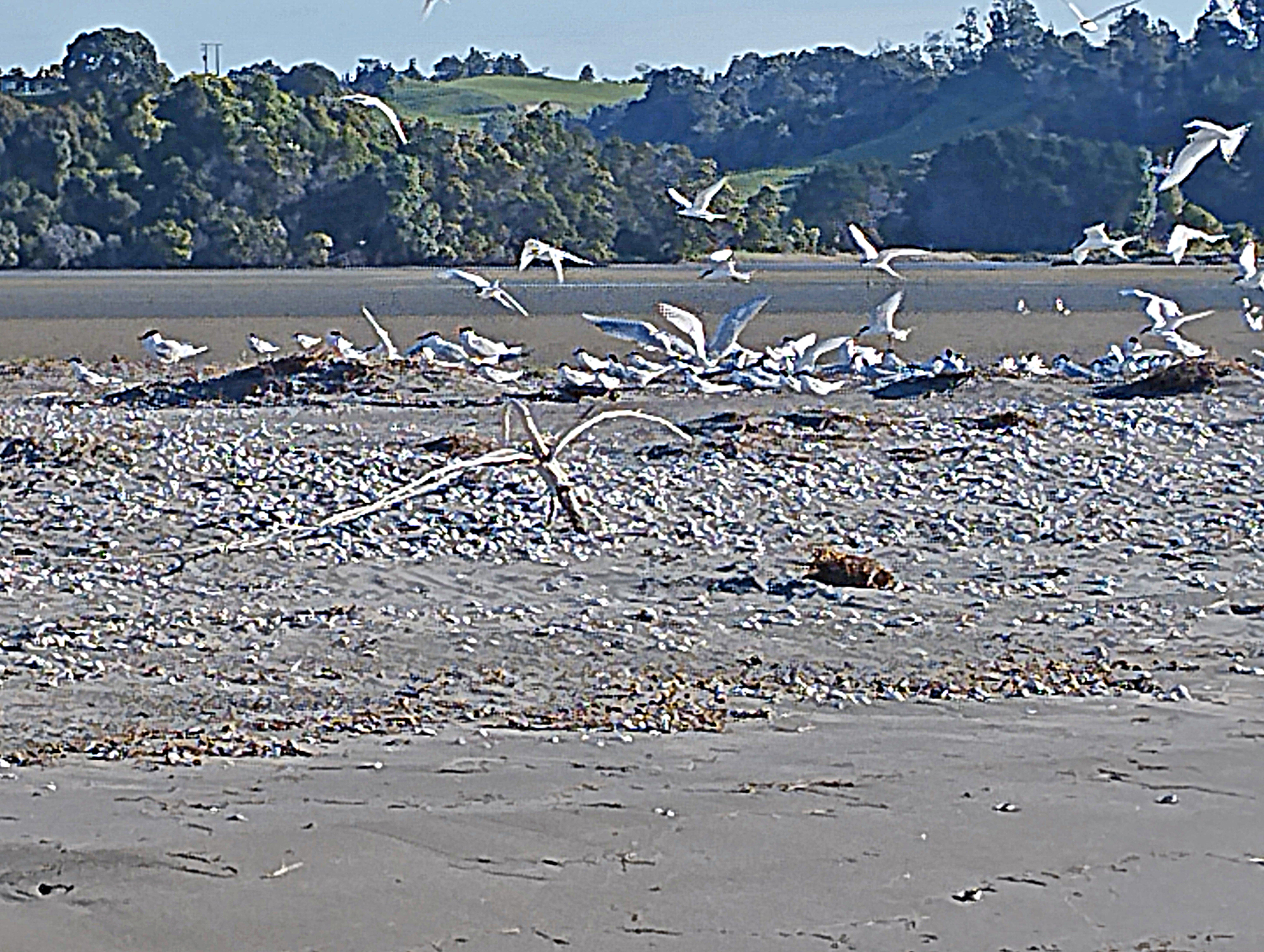Ōhiwa home to nearly 3000 birds

Contributed
Birds New Zealand conducted its bi-annual bird count at Ōhiwa on November 3, with 10 people counting at nine locations.
Nearly 3000 birds were recorded.
“One standout this year is the return of the breeding colony of Caspian terns and white-fronted terns on Whangakopikopiko, said count organiser Meg Collins.
“It is unusual for white-fronted terns to nest in the same place every year, but I suspect there are less suitable spots for the birds.”
She said, so far, there were 150 white-fronted terns, 25 Caspian terns and a handful of red-billed gulls, with more birds flying in each day.
As a result, the care group has erected signs around the eastern end of the harbour advising people to keep off the island, especially with dogs.
“The birds have already started to lay and should be starting to hatch at the end of November and finally fledging about Christmas time.”
Bird count observations:
• No banded dotterels on the beach. Usually there are one or two pairs that nest on Ōhiwa beach.
• 1978 bar-tailed godwits in three distinctive flocks, a similar figure to last year.
• 108 black-backed gulls, an increase on last year.
• 42 dotterels, which have spread all around the harbour this year, rather than concentrating on Ōhope Spit.
• 163 pied oystercatchers, up from last year but perhaps they will leave shortly to fly back to the South Island rivers.
• Two large flocks of variable oystercatchers and south pied oystercatchers were spotted in the paddock opposite Whangokopikopiko.
Surveys are undertaken over several estuaries in New Zealand and the data is used by universities, environmental group and government department to monitor trends in the bird world.